Get The Best Treatment for Low Vision
- An affordable and reliable treatment by the top-rated surgeons/doctors
- Get your low vision treated using the latest of technologies.
- Online/Offline consultation on Low Vision.
FREE Tele-Consultation
Book Appointment or Video Consultation online with top eye doctors
"*" indicates required fields
What is low vision?
Low vision is a problem that makes it harder for you to see. This cannot be fixed with the help of specs, contact lenses or any other surgical method. You can count it both as a subspeciality and a condition, depending upon its severity. You need to refer to highly qualified Optometrists, Opticians and Ophthalmologists to get the best suited treatment for low vision. There are numerous classification of low vision that may vary from region to region and country to country. The disorder generally develops in children overtime due to excessive screen time while using screened devices like laptops, mobile phones, etc. To overcome the issue of low vision in people of all age groups, there are various low vision aids available that help people adapt in their social environment.
Low Vision : Causes
Causes and common patterns of low vision which cannot be changed comprise:
- Blurred or partially obscured central vision: Macular degeneration (both, age-related, and hereditary)
- Blind spots, blurriness and visual distortions: Diabetic retinopathy
- Poor peripheral vision, or tunnel vision: Glaucoma
- Poor peripheral vision, and inability to see in the dark: Retinitis pigmentosa
- Eye injuries
- The poor central vision which may progress to no light perception: Optic neuropathies which may be inherited or acquired (toxic)
Low Vision Aids
Low vision aids are specially manufactured lens systems for people with Low vision. Since the condition of Low Vision Cannot be treated with corrective lenses of specs these special aids assist people with low vision to make the most of whatever little amount of sight they have left.
Magnifying Spectacles
Magnifying spectacles are worn like eyeglasses and help you see better for tasks like reading, threading a needle, stitching, etc. These are hands-free magnifiers, allowing you to work with your hands
Stand Magnifiers
These magnifiers are located away from the eye, on the object one is attempting to read. The handheld versions are likewise accessible for reading, and these normally have built-in lights. In case one has a tremor or arthritis, stand magnifiers are greatly suited for the one.
Telescopes
Telescopes may be attached to eyeglasses or be like binoculars, and are used to see objects or signs far away.
Video Magnifiers
These electronic devices make printed pages and pictures seem larger. The reasonably available and easy to use video magnifiers are smartphones and tablets. They allow one to enhance the variation and font size of texts.
Low Vision Improvement Techniques
There are numerous ways and techniques for low vision. Some of them are :
Enhance the lighting in the house
Replace light bulbs with bulbs of greater voltage. Make sure all nooks and crannies are interpreted enough to limit errors and increase visibility.
Reduce the habit of glaring
Adjust light fixtures to minimize Shield your eyes from dazzle by wearing sunglasses and a wide-brimmed hat or a dupatta/ stole wrapped around your face shielding your eyes
Bold felt tip markers
Use heavy, bold felt tip markers for writing and shopping lists: Use a whiteboard to mark essential dates and calendars.
Low vision devices
Exclusive low vision devices like watches, remotes, and thermostats that talk back are too readily accessible, and affordable.
Evaluation
Talk with an expert in the Clinic low vision specialty group will involve the following:
Low vision evaluation
A medical expert will examine the patient to discover how low vision is harming him or her and their family. You can refer to Optometrists, Opticians and Ophthalmologists to get your case evaluated efficiently.
Complete vision exam
One may already have acquired an eye exam from an eye doctor. But while visiting with the Clinic of low vision specialty group, a doctor will provide a long gentle vision exam. This exam serves to pinpoint which lenses or low vision devices will help one to obtain the sharpest possible picture.
Follow-up and referral
One may be referred to an occupational therapist for training in the use of low vision aids, or the medical social worker can refer you to agencies or organizations in your area that help visually impaired people.
Our Team
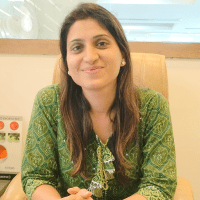
Cataract, Retina, Glaucoma, LASIK

LASIK

Femtosecond LASIK
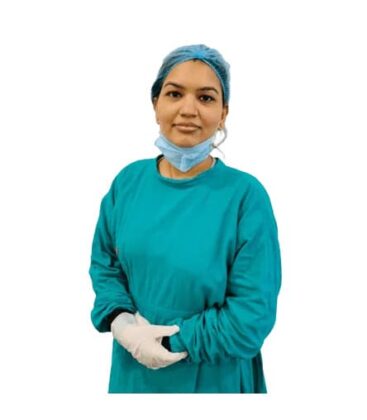
Femtosecond LASIK
Our Facilities
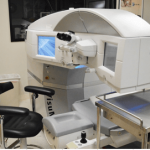
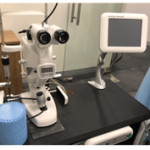

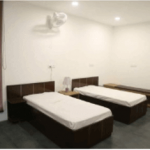
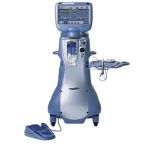
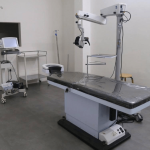

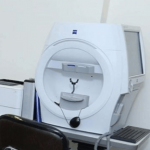
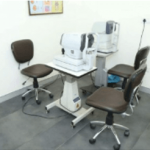
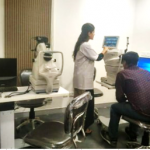
FAQ's
Low vision is a problem that makes it harder for you to see. This cannot be fixed with the help of specs, contact lenses or any other surgical method.
There are 4 types of low visions namely:
- Central vision loss
- Peripheral Vision loss
- Night Blindness
- Blurry of haze vision
Causes of low vision can be AMD (age related macular degeneration), cataract, diabetic retinopathy, glaucoma and eye injuries. Some of the brain disorders or genetic anomalies can also cause low vision.
Magnifying spectacles,hand magnifiers, closed circuit television, reading prisms and lenses that filter light.
Vision rehabilitation is a service that includes optometrist and counselling services to help people suffering with low vision. Glaucoma can be scary which is why it can be hard to cope from. You should get all the help you can.
Yes, someone is termed legally blind if they have the visual acuity of 20/200 after all corrective measures, while people with low vision can perform visual tasks but not as efficiently as someone with a normal vision.
No, around 135 million people around the world have low vision, you are not alone.
People with low vision tend to have poor depth perception and they might also suffer from complete loss of stereoscopic vision which is why they become more vulnerable to injuries and accidents.
- Take enough vitamins and minerals as per your body requirements.
- Take carotenoids along with a healthy diet.
- Stay fit and practise eye exercises regularly.
- Wear suitable and protective eyewear.
- Prefer using sunglasses while going out to protect yourself from Ultraviolet radiation.
- Follow the 20-20-20 rule while working on screened devices like laptops, mobile phones, etc.
- Quit smoking in the first place.


